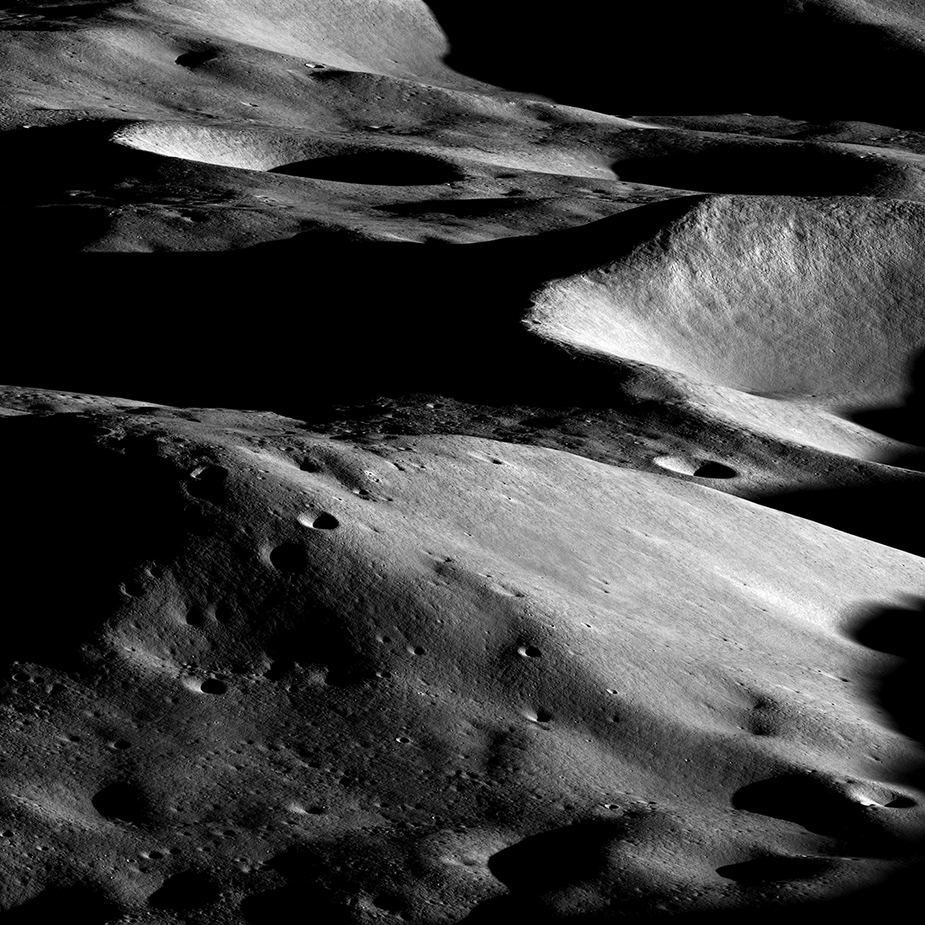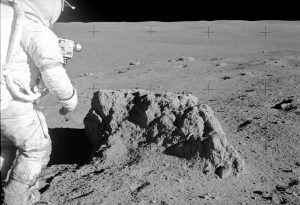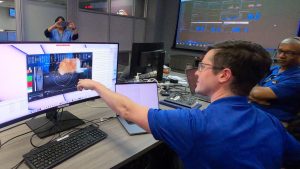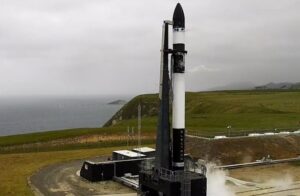NASA develops lunar economy by commercial deliveries of scientific payloads
21st Dec 2023
NASA is collaborating with multiple U.S. companies to transport equipment to the lunar surface as part of the Commercial Lunar Payload Services (CLPS) initiative.
The purpose of commercial deliveries
Companies of different scales will compete for the opportunity to deliver NASA payloads. They will be managing tasks such as payload integration, operations, Earth launch, and lunar surface landing.
In particular, within the Artemis program, commercial deliveries will facilitate science experiments, assess technologies, and showcase capabilities. This initiative aims to assist NASA in its exploration of the Moon and in preparations for upcoming human missions. In particular, through Artemis, NASA aims to achieve historic milestones by landing the first woman and the first person of colour on the Moon.
CNLS initiative details
CLPS contracts are open-ended agreements with no fixed quantity. They offer a total contract value of up to $2.6 billion until 2028.
The Commercial Lunar Payload Services (CLPS) program by NASA facilitates the swift procurement of lunar delivery services from U.S. companies. These services aim to support scientific advancements, exploration, and commercial development on the Moon. Through investigations and demonstrations conducted on commercial lunar flights, NASA can gain valuable insights into our closest celestial neighbor as part of the Artemis initiative.
Companies joining the initiative
In November 2018, NASA initially welcomed nine U.S. companies to participate in its CLPS project. A year later, five more vendors were added. As the needs for payloads in science, technology, and human exploration evolve, the existing group of CLPS contractors will have the opportunity to bid for surface task orders.
As reported, the individual task order awards encompass comprehensive commercial payload delivery services, spanning payload integration, mission operations, Earth launch, and landing on the lunar surface. Apart from carrying NASA payloads, companies are encouraged to transport commercial payloads as well.
Schedule of delivery
- In 2023:
- Astrobotic is set to transport NASA payloads to Sinus Viscositatis, a mare unit located adjacent to the Gruithuisen Domes, which is a geological mystery.
- Intuitive Machines will deliver NASA payloads to a location near the Malapert A crater in the south polar region.
- Intuitive Machines is tasked with delivering NASA’s PRIME-1 drill to the lunar South Pole.
- In 2024:
- Astrobotic is scheduled to transport NASA’s Volatiles Investigating Polar Exploration Rover (VIPER) to the lunar South Pole.
- Firefly Aerospace is set to deliver a suite of payloads to Mare Crisium, a sizable dark basaltic plain on the Moon that was formed by an ancient asteroid impact.
- Intuitive Machines will be responsible for delivering research, encompassing science investigations and a technology demonstration, to Reiner Gamma, a magnetic anomaly recognized as a lunar swirl situated on the near side of the Moon.
- In 2025:
- Draper is scheduled to transport science investigations to Schrödinger Basin, a substantial lunar impact crater situated on the far side of the Moon in proximity to the South Pole.
- In 2026:
- Firefly is slated to deliver two NASA payloads to the lunar far side.
- Additionally, Firefly will transport a communications and data relay satellite into lunar orbit.
The agency expects to issue a recurring set of task order proposal requests. This is intended to expand the scope of NASA payloads requiring transportation services to the lunar surface, in preparation for upcoming human landings.






Thank you for your comment! It will be visible on the site after moderation.